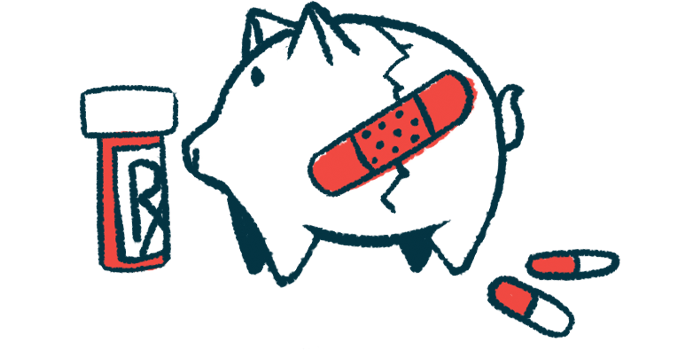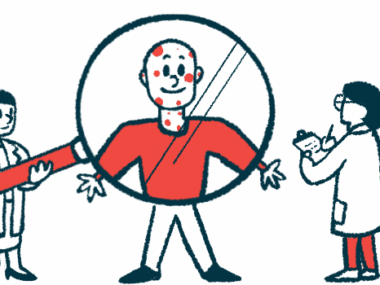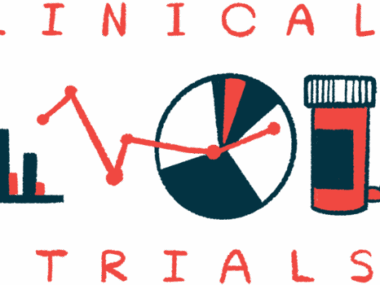Average hospital stay for children with EB costs more than $110K
Researchers propose 'hands-off' approach to prevent unnecessary procedures
Written by |

The costs of an average hospital stay for a child with epidermolysis bullosa (EB) can exceed $110,000 and go above $160,000 in cases of dystrophic EB, which can be very severe. according to an analysis by researchers in the U.S.
The analysis was detailed in the letter “Cost of hospitalization for care of children with epidermolysis bullosa in the US” and published in the Journal of the American Academy of Dermatology.
Children with EB have fragile skin that blisters from friction, such as from clothes rubbing against the skin. Sometimes, blisters form in places such as the mouth and esophagus, which carries food to the stomach, making it difficult to swallow.
Caring for blisters and their complications carries high costs, particularly if the symptoms are severe. Because many children with EB need to be hospitalized as part of their disease, the researchers drew on the 2016 Kids’ Inpatient Database to calculate the costs of a hospitalization in the U.S.
The data came from 468 children, mean age 5.4. Just over half (51.9%) were boys. Most (52.4%) had been diagnosed with an unspecified type of EB, 121 (25.9%) had dystrophic EB, 40 (8.6%) had EB simplex, and 62 (13.2%) had other types of EB.
Many children had complications such as failure to thrive, that is, failure to develop and grow normally (13.5%), protein malnutrition (12.5%), esophageal obstruction (12.7%), and sepsis, which is an extreme response to infection (6.6%). Older children were 65% more likely to have protein malnutrition than younger children. The odds were even higher, at nearly six times, for children of a race other than white or Black.
Costliness of inpatient care
On average, children stayed in the hospital for 9.2 days, where they had an average 2.1 procedures and were charged $112,500.62. They spent an average 3.4 days in the hospital before getting their first procedure. Most (73.3%) were treated at large hospitals.
While average charges were higher in large and medium over small hospitals ($119,314.91 and $116,111.11 vs. $22,102.20), the differences weren’t statistically significant. They were significantly lower for unspecified ($57,476.24) and EB simplex ($113,329.89) than for dystrophic EB ($161,682.74), however.
Most children (77.5%) were routinely discharged from the hospital, but 11 (2.4%) died during their hospital stay. Wounds from blisters are likely to get infected. Of the 31 children who developed sepsis in the hospital, seven (22.6%) died.
“Unsurprisingly,” the researchers wrote, the children who died stayed in the hospital an average six times as long (47.8 vs. 8.3 days) and incurred costs nearly nine times as high as those who survived ($829,773.25 vs. $93,748.40).
Caring for EB in a hospital setting is more costly than outpatient care, the researchers noted, requiring careful consideration of a patient’s needs and risks.
“Inpatient EB care is costly with limitations in management,” wrote the researchers, who suggested a more cautious approach to treat children with EB. “They may benefit from a proposed ‘hands off’ approach, in which even small, unnecessary procedures are avoided to prevent easy blistering.”






